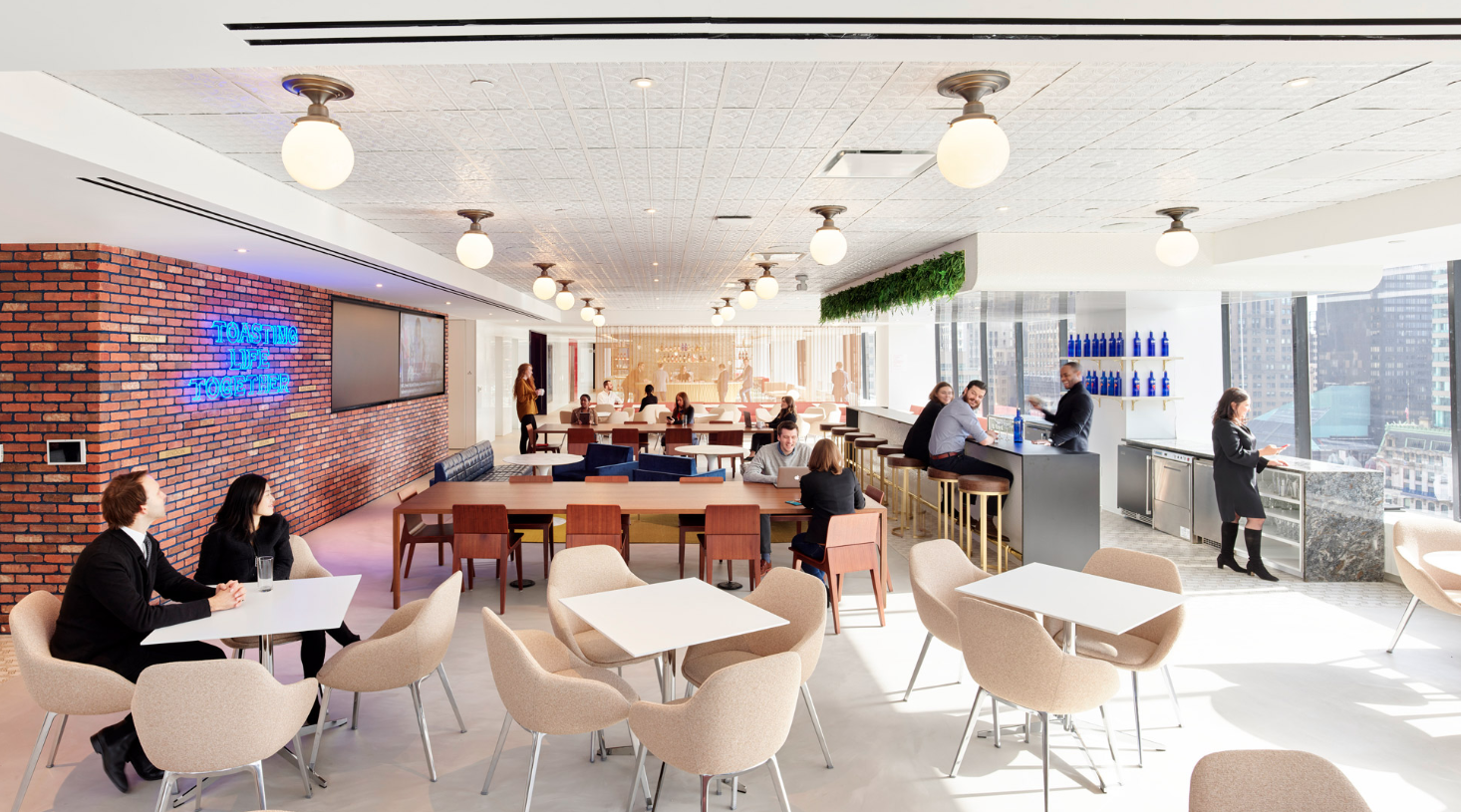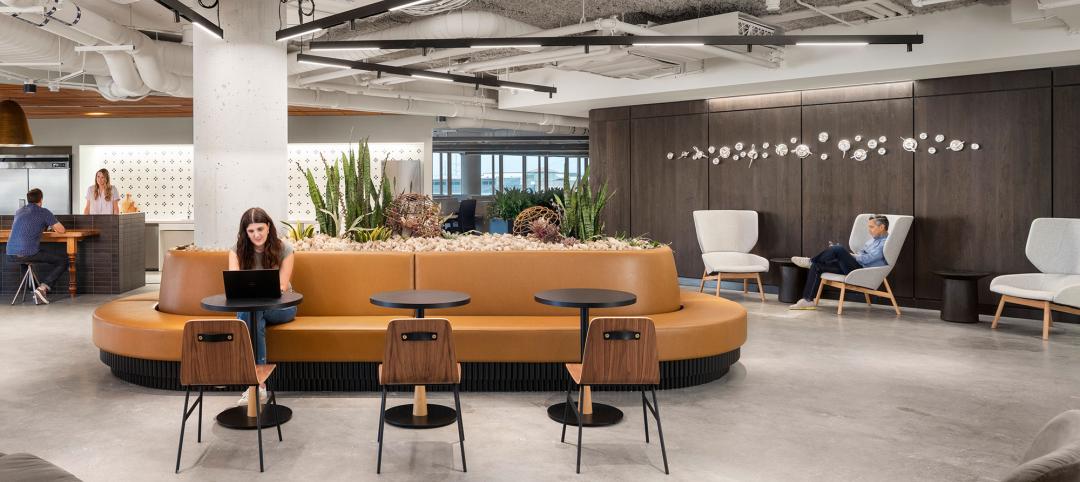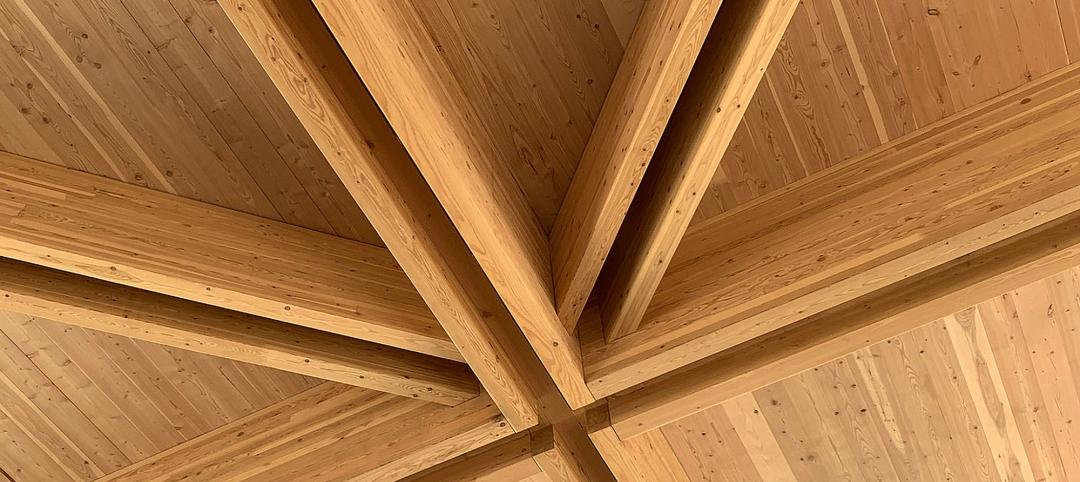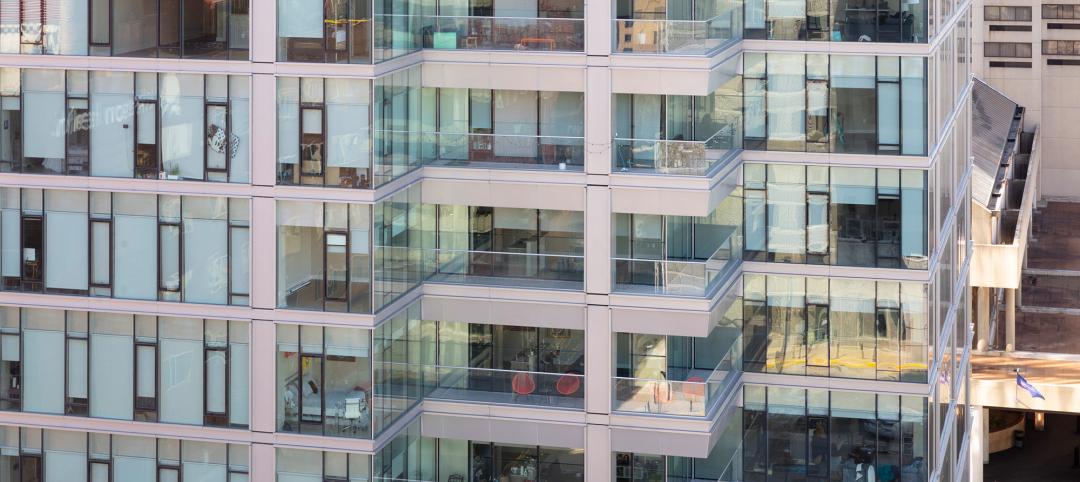When we think of workplace amenities, only the truly extraordinary or extremely whimsical tend to stand out: the ping-pong tables, the nap pods, the pinball machines, the chef-driven lunches.
While these kinds of office perks can be useful signifiers of a company’s culture and values, the amenities that support effective work habits tend to go quietly unnoticed, despite their crucial contribution to the office’s overall productivity.
As the office landscape continues to evolve and companies grant their employees more freedom and choice to work where they like, our 2019 U.S. Workplace Survey research shows that the amenities with the greatest impact on effectiveness and experience are those that directly support the work needs of individual employees and their teams.
Not all amenities are created equal, however, and the most meaningful amenities are those that really speak to the business and the employees’ expertise, while also offering a variety of workspaces and modes.
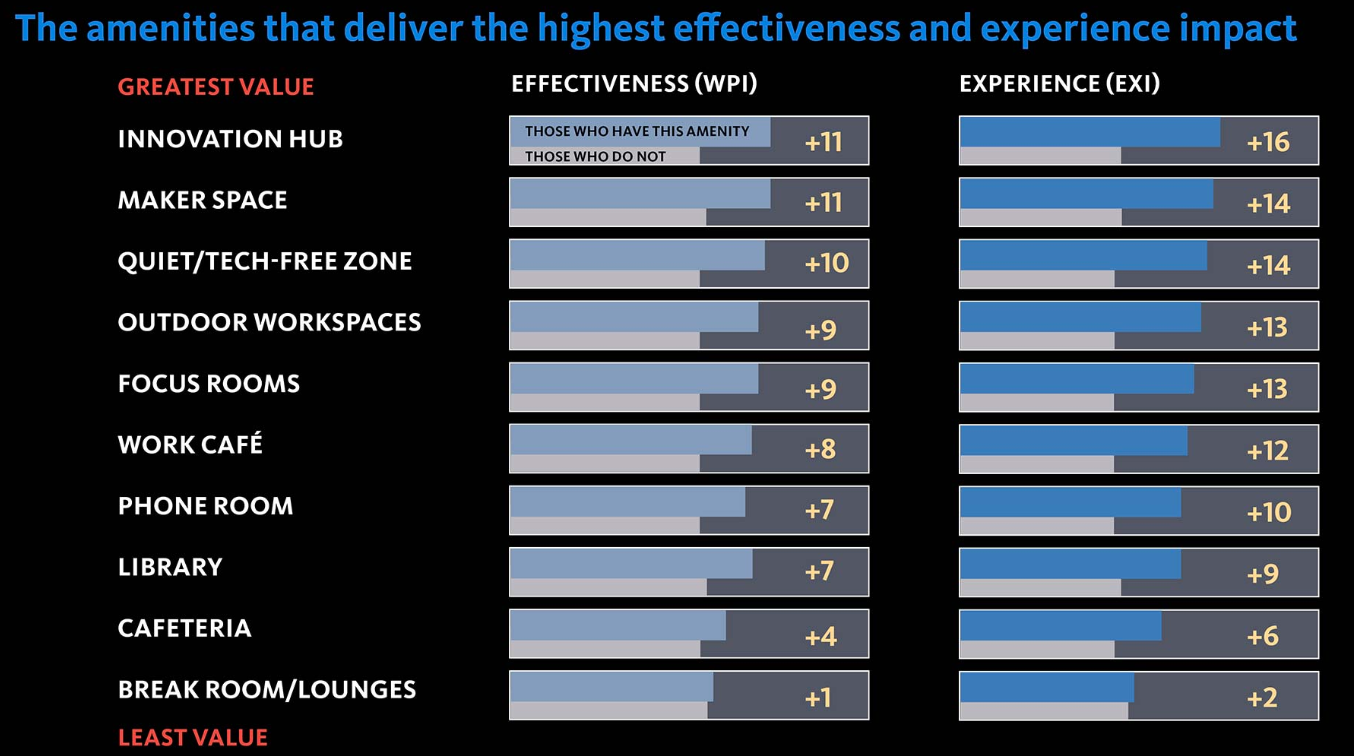 Innovation hubs, makerspaces, and quiet zones are the most sought-after amenities, according to 2019 U.S. Workplace Survey.
Innovation hubs, makerspaces, and quiet zones are the most sought-after amenities, according to 2019 U.S. Workplace Survey.
Amenities with a non-work focus like lounges and break rooms only create a minor improvement in an employee’s experience at work—and they have an even smaller impact on employee effectiveness. On the other hand, employees who have access to spaces designed for team collaboration, ad-hoc group meetings, or individual focus work reported much higher effectiveness and experience scores.
What’s more, we’re seeing that choice itself can be an important amenity. What should be obvious now in our work-everywhere culture is that there’s no one-size-fits-all solution when it comes to how and where people do their best work. Take, for example, the work café. Compared to a breakroom or lounge, a work café borrows elements from hospitality and co-working spaces to offer a productive environment, as well as a change of scenery from one’s regular desk. According to our findings, having a variety of workspaces to choose from is directly connected to a great workplace experience.
‘Employees who have access to spaces designed for team collaboration, ad-hoc group meetings, or individual focus work reported much higher effectiveness and experience scores.’
— Amanda Carroll, IIDA, CID, LEED AP, Gensler
Likewise, an innovation hub or makerspace can offer employees the resources they need to work in a different mode. When you’re a spirits company, installing a bar in your office might seem like an obvious way to embrace the culture, but at Campari Group’s new North American headquarters in New York, four distinct bar-like experiences offer more than just a place for employees and guests to blow off steam. In Campari’s completely open workplan, these spaces provide employees with an alternate setting away from their workstations and conference rooms, while also fully immersing them in the brand.
The Concierge bar, for instance, pulls double duty as a reception area where guests can enjoy an espresso with stand-up service like traditional coffee shops in Italy. The Café bar is where employees gather for meals while enjoying striking views of New York City and Bryant Park below. Additionally, the office space features the “Campari Academy,” which serves as an innovation lab where master mixologists and visiting brand ambassadors can experiment and create new craft cocktails.
The Boulevardier lounge, with its nearly 100-year-old reclaimed wood bar, vintage chandelier, and hand-sketched portraits of master bartenders, speaks specifically to Campari’s place in New York's cocktail culture and provides the ideal setting for more engaging business meetings.
When evaluating which workplace amenities are worth the investment, there’s one key factor to remember: the most effective amenities aren’t designed to escape work—they’re designed to support the employees’ freedom to work where they like while instilling them with a sense of pride for the values, heritage, and future of the company.
More from Author
Gensler | Oct 21, 2024
3 surprises impacting the return to the office
This blog series exploring Gensler's Workplace Survey shows the top three surprises uncovered in the return to the office.
Gensler | Jun 26, 2024
5 ways ESG can influence design and create opportunities
Gensler sustainability leaders Stacey Olson, Anthony Brower, and Audrey Handelman share five ways they're rethinking designing for ESG, using a science-based approach that can impact the ESG value chain.
Gensler | May 20, 2024
10 spaces that are no longer optional to create a great workplace
Amenities are no longer optional. The new role of the office is not only a place to get work done, but to provide a mix of work experiences for employees.
Gensler | Apr 15, 2024
3 ways the most innovative companies work differently
Gensler’s pre-pandemic workplace research reinforced that great workplace design drives creativity and innovation. Using six performance indicators, we're able to view workers’ perceptions of the quality of innovation, creativity, and leadership in an employee’s organization.
Gensler | Mar 13, 2024
Trends to watch shaping the future of ESG
Gensler’s Climate Action & Sustainability Services Leaders Anthony Brower, Juliette Morgan, and Kirsten Ritchie discuss trends shaping the future of environmental, social, and governance (ESG).
Gensler | Feb 15, 2024
5 things developers should know about mass timber
Gensler's Erik Barth, architect and regional design resilience leader, shares considerations for developers when looking at mass timber solutions.
Gensler | Jan 15, 2024
How to keep airports functional during construction
Gensler's aviation experts share new ideas about how to make the airport construction process better moving forward.
Gensler | Dec 18, 2023
The impacts of affordability, remote work, and personal safety on urban life
Data from Gensler's City Pulse Survey shows that although people are satisfied with their city's experience, it may not be enough.
Gensler | Nov 16, 2023
How inclusive design supports resilience and climate preparedness
Gail Napell, AIA, LEED AP BD+C, shares five tips and examples of inclusive design across a variety of building sectors.
Gensler | Oct 16, 2023
The impact of office-to-residential conversion on downtown areas
Gensler's Duanne Render looks at the incentives that could bring more office-to-residential conversions to life.

